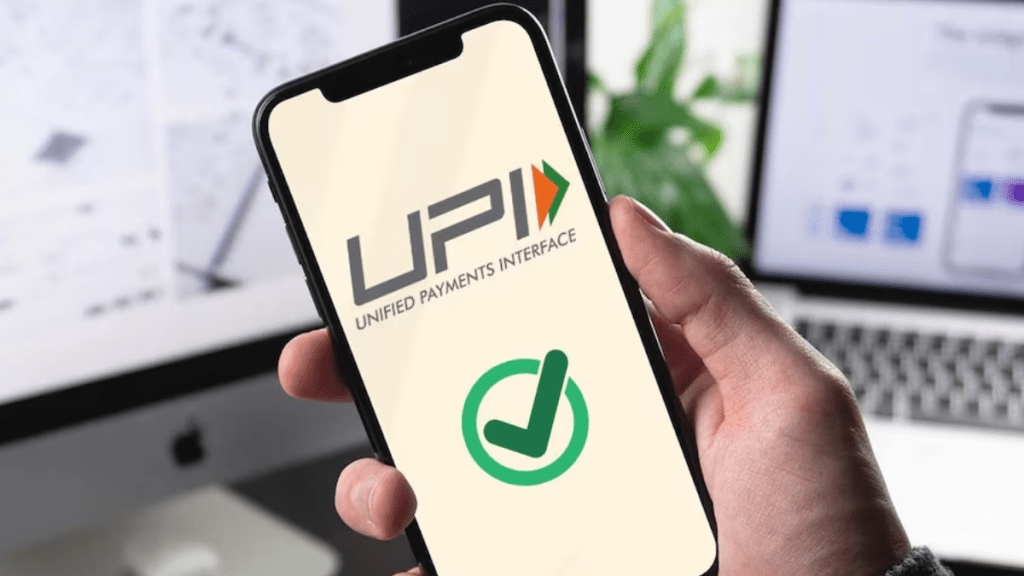The government is reportedly considering a proposal to reinstate merchant discount rate (MDR) charges on Unified Payments Interface (UPI) and RuPay-powered debit card transactions, particularly for large merchants, according to two senior banking officials, reported ET.
MDR, a fee paid by merchants to banks for processing real-time payments, is currently not levied on transactions made via UPI and RuPay debit cards. However, banking industry representatives have formally submitted a proposal to the Union government, recommending the reintroduction of MDR for businesses with an annual Goods and Services Tax (GST)-linked turnover exceeding Rs 40 lakh.
Tiered Pricing Model Under Consideration
The government is reportedly evaluating a tiered pricing system, where larger merchants would pay higher charges while smaller merchants—those with an annual turnover below Rs 40 lakh—would continue to enjoy free UPI transactions.
“If large merchants accepting Visa and Mastercard debit cards, as well as credit cards, are paying MDR, there is no reason why they should not pay a charge for UPI and RuPay debit cards,” a senior banker told ET.
Merchants previously paid MDR of less than 1% on transaction values before the government removed the fee in the Union Budget for FY22 to promote digital payments. However, with UPI now dominating retail payments and RuPay gaining popularity, banking executives argue that the blanket waiver should end, according to ET.
Revenue Concerns for Payment Aggregators
Industry leaders assert that reinstating MDR is essential to maintaining the viability of payment service providers. “Payment companies are now regulated under PA-Online rules, which have significantly increased compliance costs. Without MDR, these businesses could become unsustainable,” a banker explained, reported ET.
Additionally, the government has reduced its budget allocation for digital payments subsidies, slashing it from over Rs 3,500 crore to Rs 437 crore in FY25. Several banks are still awaiting pending subsidy payments from the previous fiscal year.
Fintech executives raised concerns about revenue losses from free UPI services in a recent meeting with the new Reserve Bank of India (RBI) governor, Sanjay Malhotra. They argue that the cost of maintaining digital payment infrastructure is not sufficiently covered by government subsidies.
UPI’s Growing Dominance in Digital Payments
UPI continues to dominate India’s digital payment ecosystem, processing 16 billion transactions worth Rs 22 lakh crore in February 2025, according to data from the National Payments Corporation of India (NPCI).
As the government weighs the potential return of MDR, industry stakeholders are keenly watching for policy decisions that could impact merchants, banks, and the fintech sector.

